UK foragers guide on how to avoid poison mushrooms
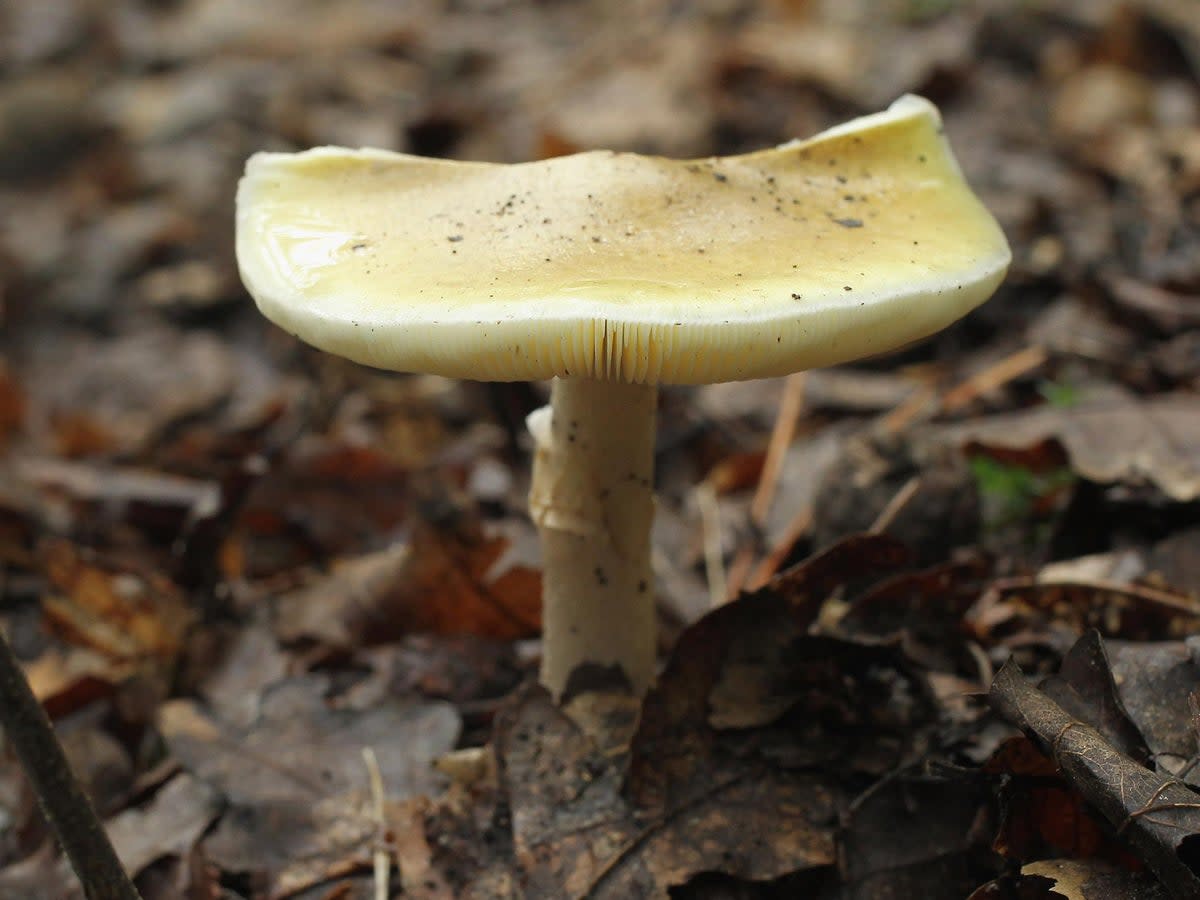
On July 29 this year, four of Erin Patterson’s former in-laws sat around her table in the rural town of Leongatha, Victoria for a family lunch intended to reconcile their differences.
In the days following the meal, three of them had died and a fourth was left fighting for his life. The suspected cause? The duxelle in the Beef Wellington – allegedly made with poisonous mushrooms.
Ms Patterson was arrested on Thursday morning and charged with three counts of murder and five counts of attempted murder, with some charges relating to separate incidents dating back to 2021.
ABC reported that Ms Patterson had written in a statement that she cooked a beef wellington steak dish for the lunch using mushrooms bought from a major supermarket chain and dried mushrooms from an Asian grocery store. Ms Patterson maintains she is innocent and that she did not intentionally poison her guests at the family lunch.

While toxicology reports have not conclusively proved what the three relatives died from, police have said the symptoms are consistent with death cap mushrooms – which also grown in the UK.
The case has grabbed the attention of a global audience – including Brits – who may be wondering how to avoid such a mishap. Below, The Independent explains at how to spot deadly mushrooms in Britain and forage safely:
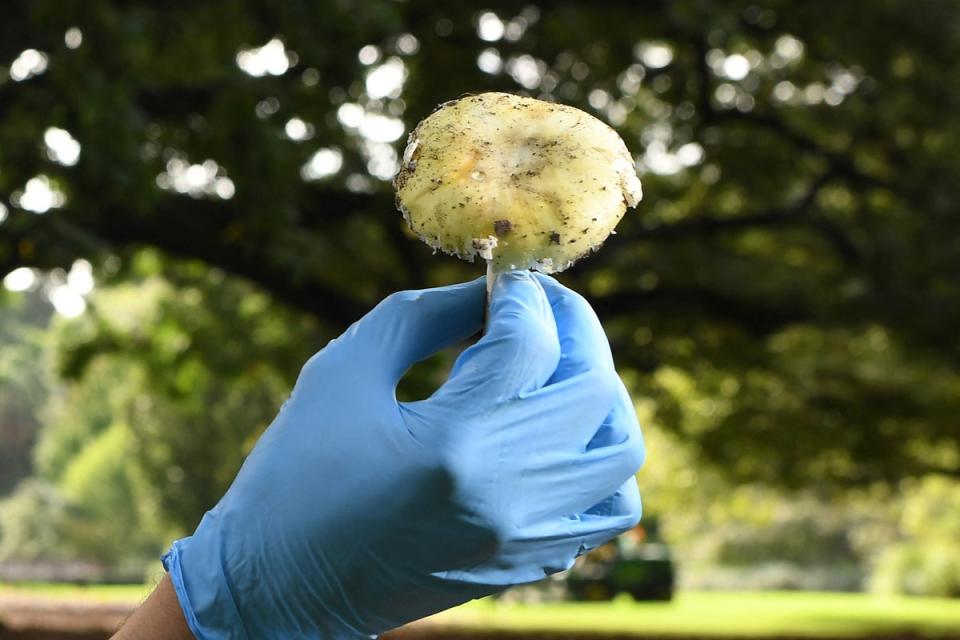
Does the UK have deadly mushrooms?
Yes, the UK does have poisonous mushrooms that can kill you.
According to James Wood, a foraging expert at Totally Wild UK, there are over 12,000 types of mushrooms growing in the UK and five main types of deadly mushrooms that can be found across Britain.
The world’s deadliest fungus – the Death Cap – is most commonly found in England. Other mushrooms with deadly toxins found in the UK are the Panther Cap – which is of the same family as the Death Cap - Funeral Bell, Destroying Angel and Fools Funnel.
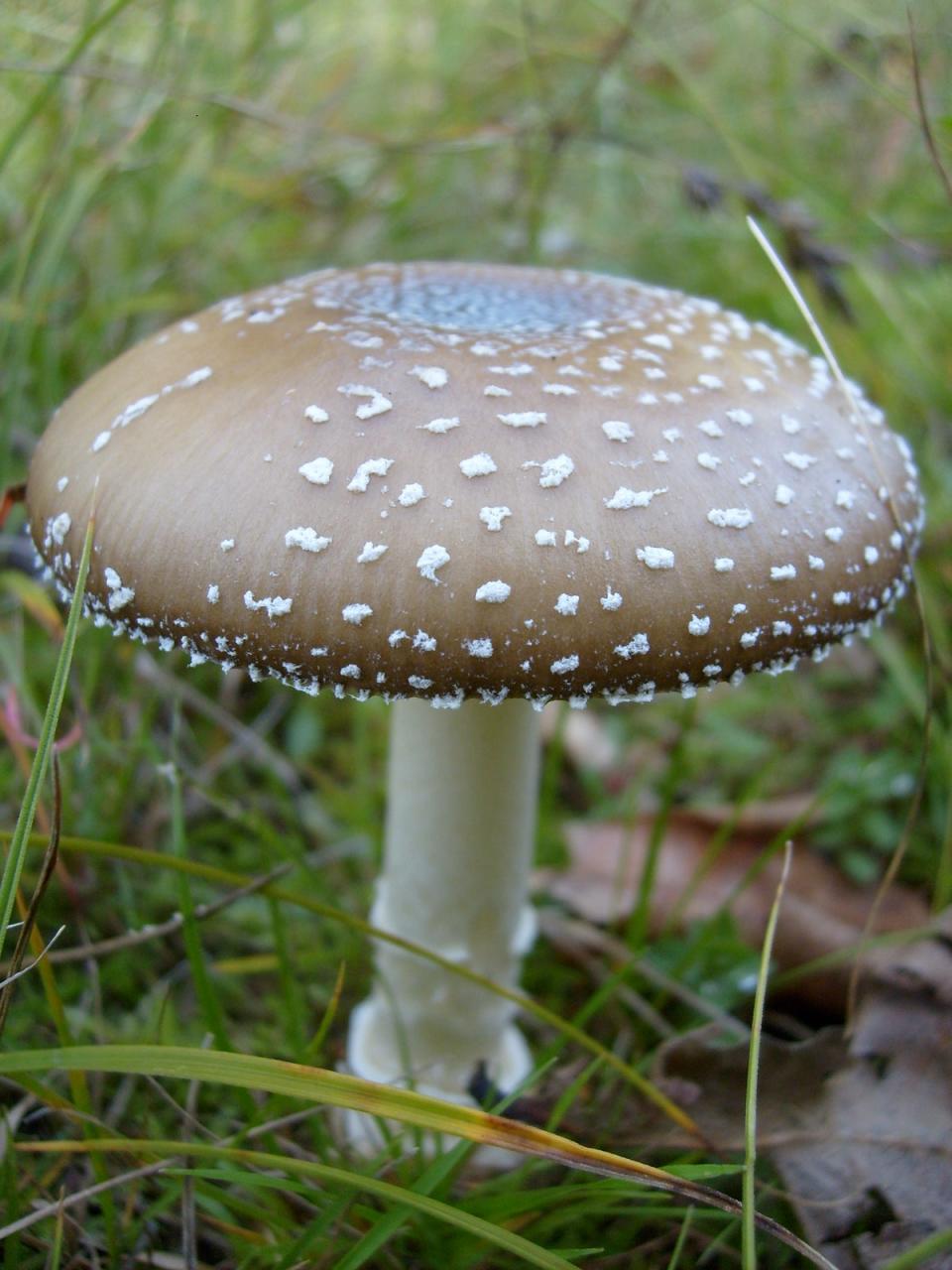
“In the UK we’ve got about five deadly toxic mushrooms that can kill you” Mr Wood said. “Then there’s a huge realm of mushrooms that are up to debate. Some people might eat them and be completely fine whereas others could get a really bad stomach.”
The most common mushroom poisoning in the UK comes from a Yellow Stainer mushroom that looks similar to mushrooms sold in supermarkets. Mr Wood says that while these won’t kill you they may leave you seriously unwell.
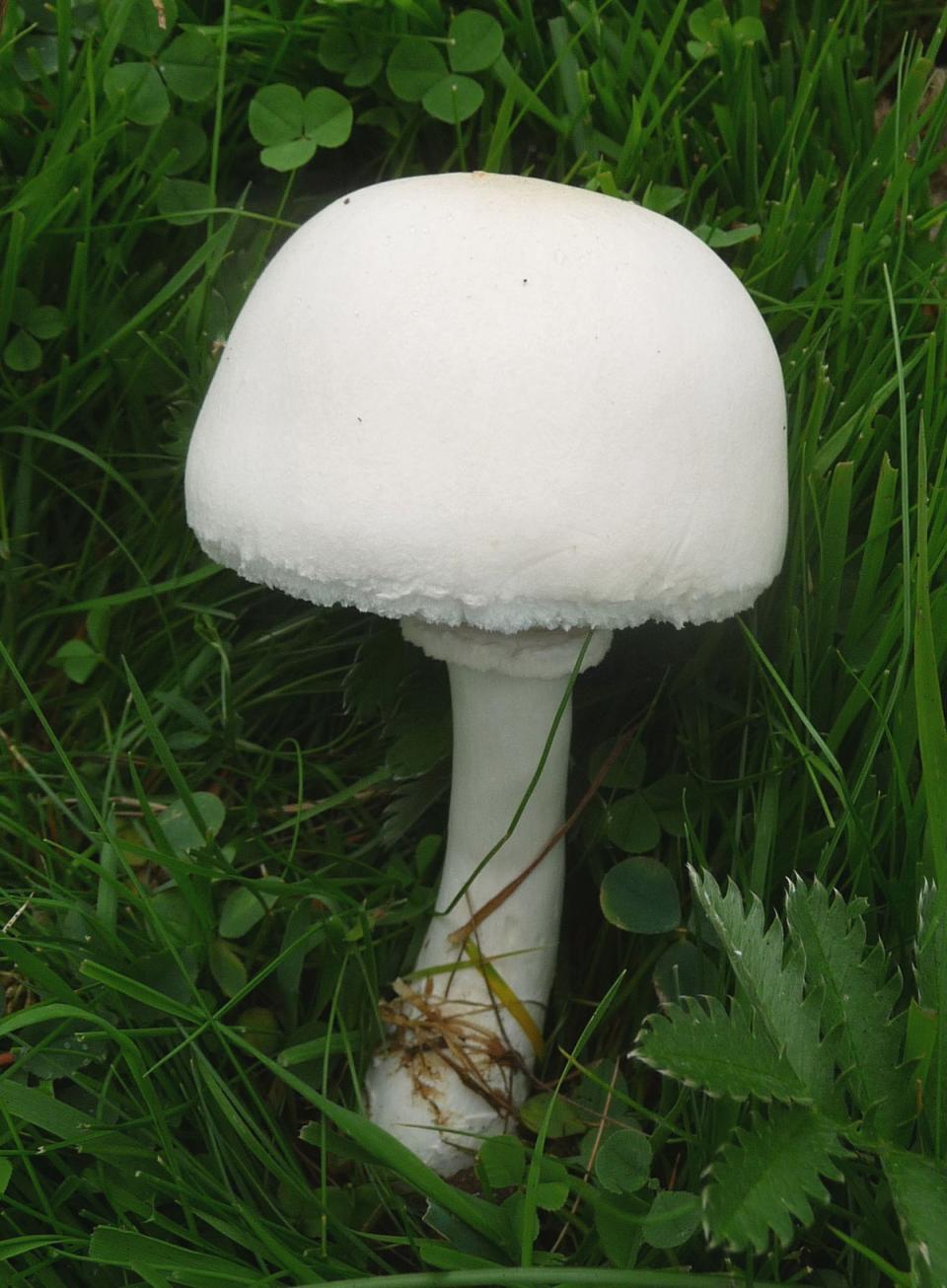
How to spot them?
Deadly mushrooms such as the Death Cap and Funeral Bell grow all over the UK, so it is important for foragers to know how to identify them and other mushrooms correctly in-order-to forage safely and sustainably.
Mr Wood advises people to put “just as much effort” into learning about deadly mushrooms as edible ones.
Death Caps are found throughout Britain and are associated with Oak trees. Their cap is olive-brown and quite shiny and often darker in the centre of its cap which doesn’t have any warts or spots. It also has a volva, or egg sack, that grows at the bottom of its stem which is creamy coloured with zig-zag like scales and has a large striped skirt. Its gills are described as “crowed and white”.
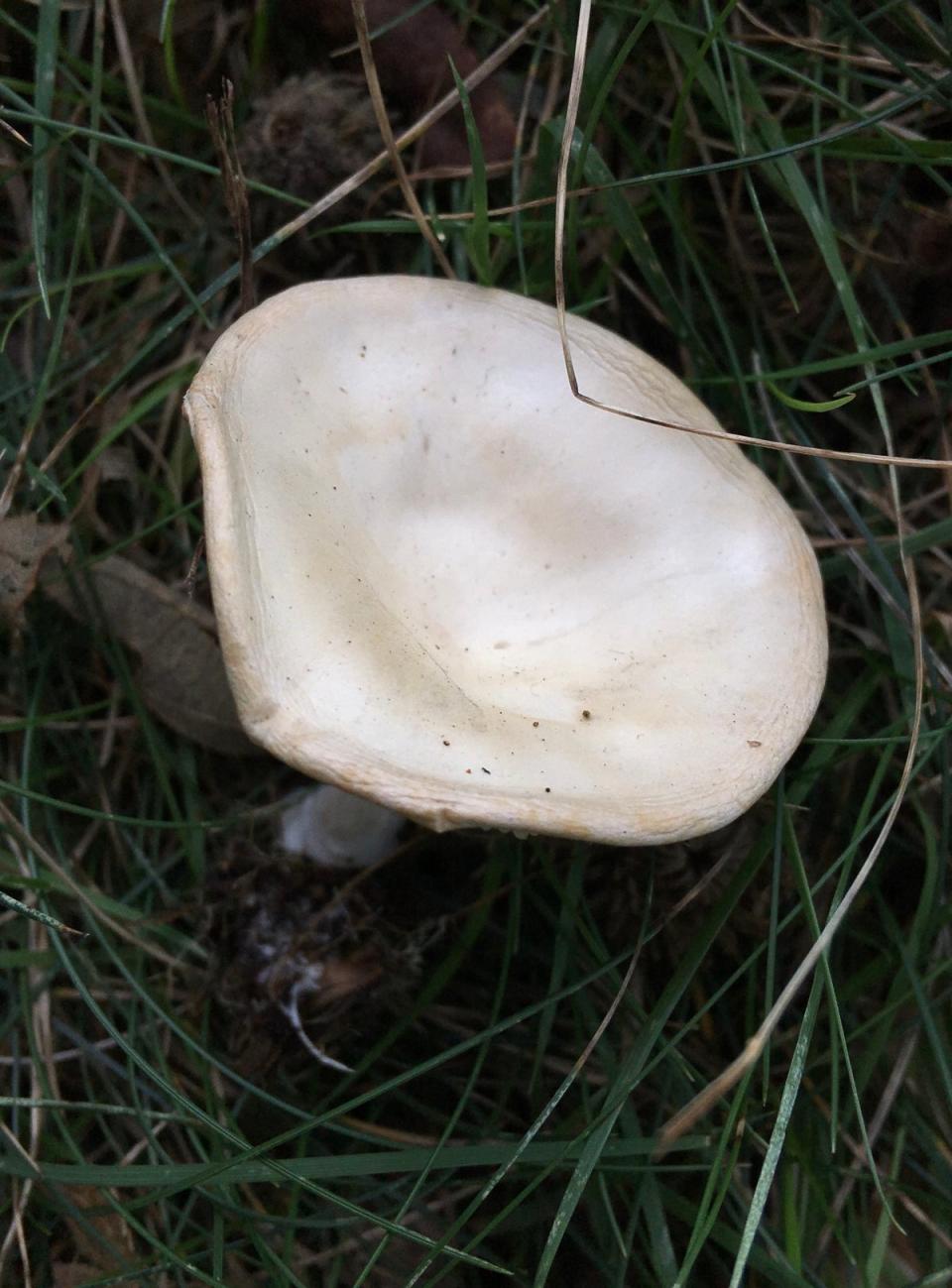
Panther Caps are more uncommon in the UK. Their caps are around 5-12cm in diameter and are brown with white spots. Their gills are white and crowded and they have a white stem with a “chunky ring” towards the cap.
Funeral Bell’s are fairly common in the UK and are found all year round on rotting logs and woodchips. They have a 1-8cm cap which generally had a raised centre. Funeral Bell caps are orange-brown to yellow-brown in colour and generally lighter towards the edge while their stems are 2-8cm in length, lighter at the top and almost black at the base.
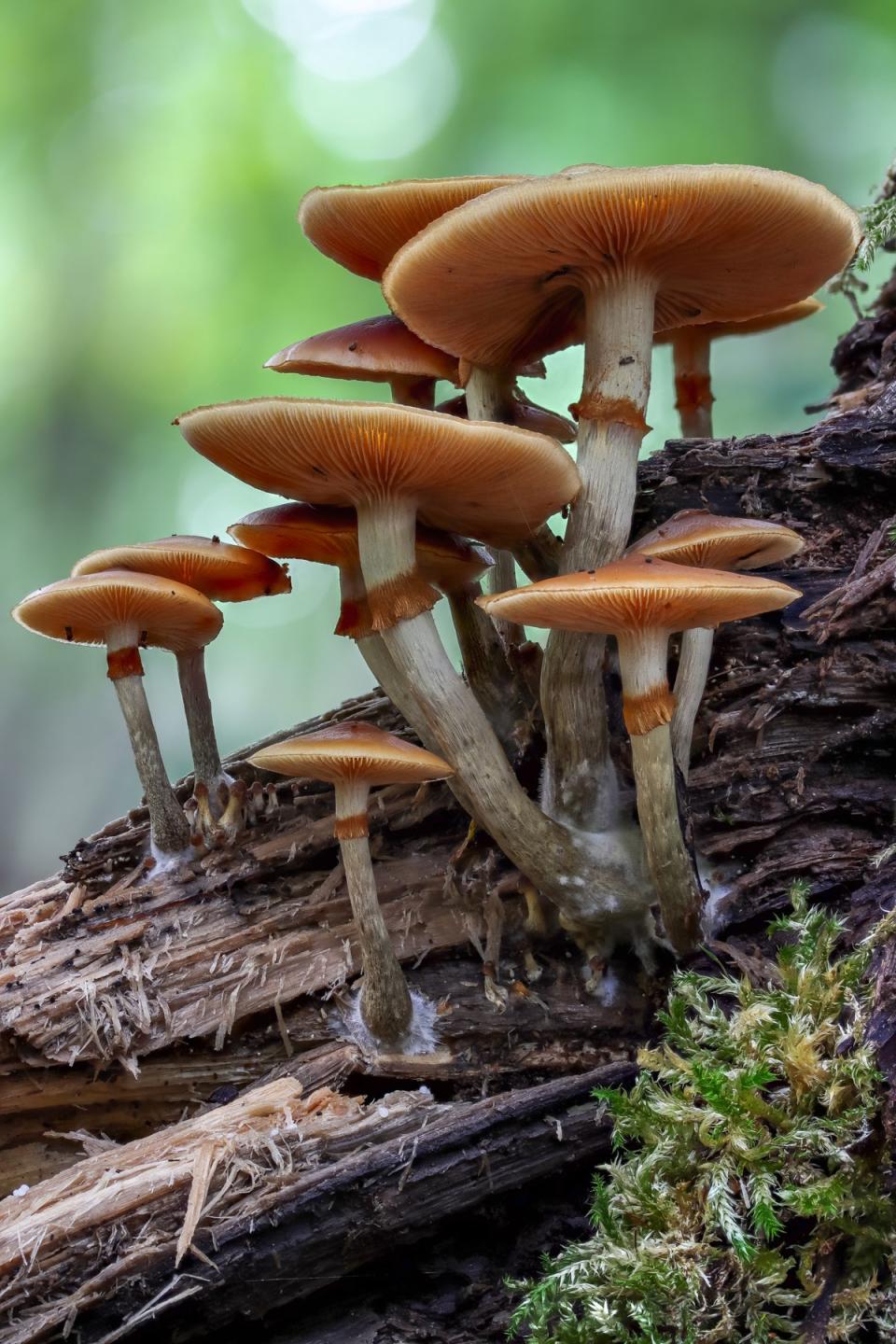
Destroying Angel’s prefer places of high altitude in Britain but can be found in lower areas especially in Scotland. They are often found at the edges of woodlands. Their cap is described as pure white like satin when dry and slimy when wet. Like a Death Cap, they have an egg sack at the base of a tall stem.
The Fools Funnel grows in grass and “easily deceive the untrained eye”. Their caps flatten or become funnel shaped with age and normally have a rolled edge with age. In youth they are almost pure white but become grey as they grow. There are numerous potential lookalikes so it’s advised to take “great care” when picking any white gilled mushrooms growing in the grass.
Mr Wood says the safest way to forage for mushrooms is to use a flow-chart guide where you answer questions about a mushroom’s appearance to identify the fungus. He also recommended that if cooking with foraged mushrooms to save one in case you fall ill.
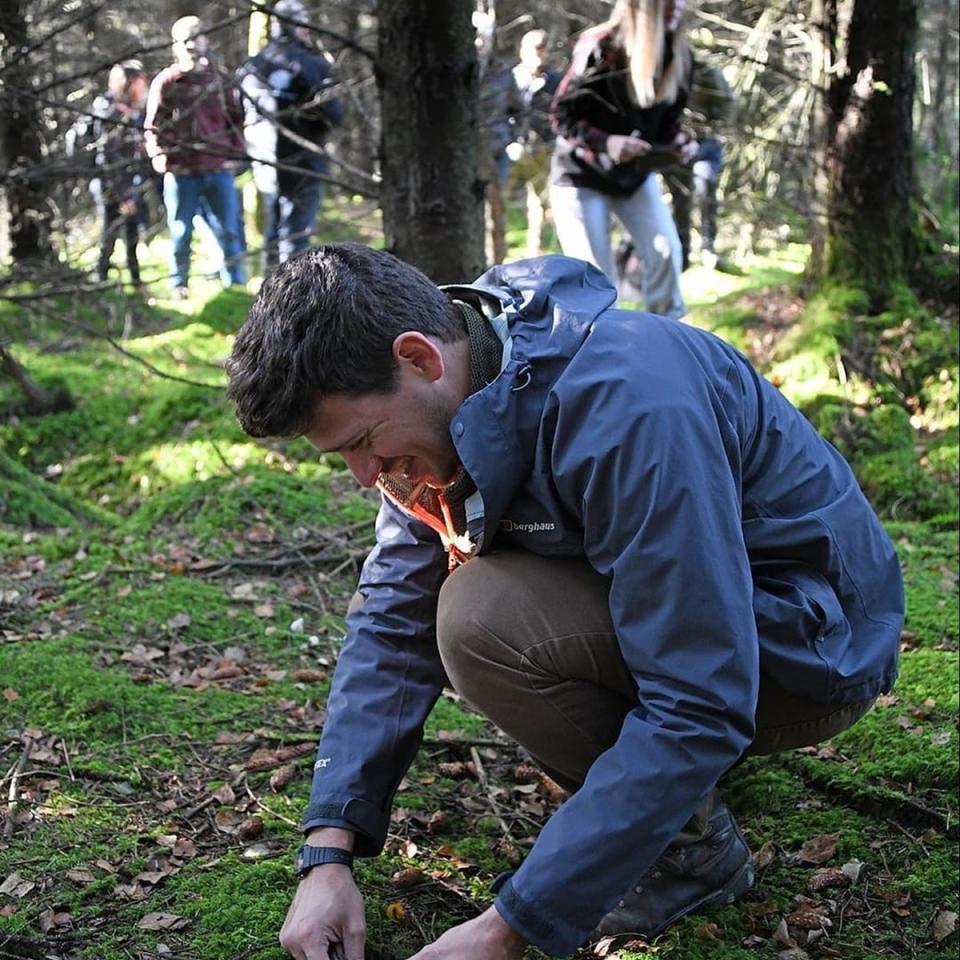
What happens if you eat a poisonous mushroom?
Although uncommon in the UK, the outcome of eating a deadly toxic mushroom is “quite bleak”, according as many don’t realise their mistake until it’s too late..
Mr Wood said: “With the Death Cap you’ll vomit to start with so you might think that you just have food poisoning and it could just be a 24-hour illness.
“But then what’s interesting with that one is you’ll start to feel better. For the next 24-48 hours you’ll start to feel better and you’ll think it was just a sickness bug so you don’t need to go to the hospital. But in that 48 hours your liver will turn to mush and the systems your body needs to survive will shut down.
“Quite often the reason people die from that one is that by the time they realise what they’ve done, it’s too late. But most of the ones that make you feel really ill and really sick you’ll probably go to hospital quite quickly.”
He added that once you go to the hospital a specimen of what you’ve eaten will be sent to a specialist to identify what’s been digested and to advise how to treat the toxins. However, there is no known antidote for the Death Cap, Destroying Angel, Funeral Bell or Panther Cap mushrooms.

 Yahoo Lifestyle
Yahoo Lifestyle 
